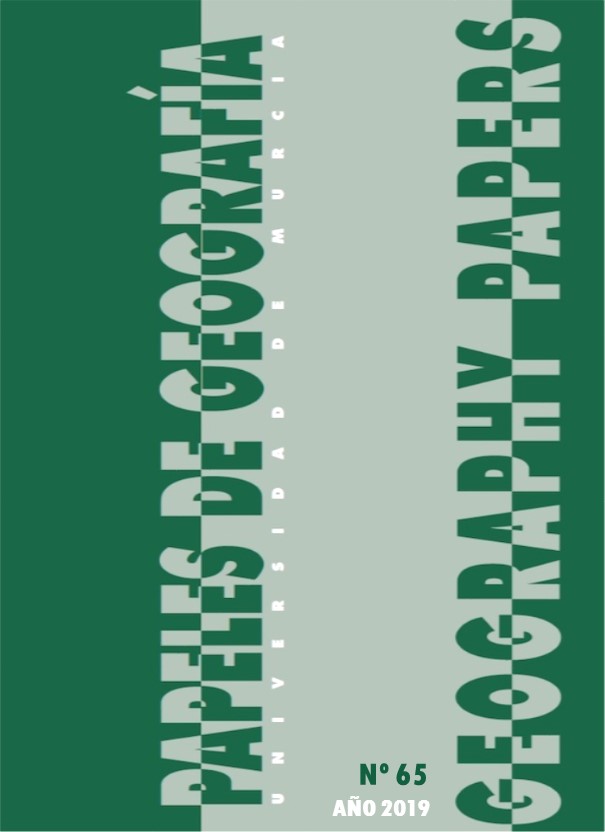The anthropization of the vegetation cover in the landscapes of Chiapas state, Mexico
Supporting Agencies
- Universidad de Ciencias y Artes de Chiapas
- Universidad Nacional Autónoma de México
Abstract
he goal of this research is to understand and evaluate the levels of anthropic transformation on the vegetationcover inthe landscapes of Chiapas, Mexico. To achieve this goal, a pressure index was applied to the map of the physical-geographical landscapes of the Chiapas State, in a 1: 250 000 scale. The results indicate that low category occupies 29% of the surface area of the state; the high class 27%, the medium level 26%, the very low category 16%; finally, the very high level covers 2%. The high category is located in plains, piedmonts and valley landscapes in warm humid and subhumid climate. The low class is located in mountains of tectonic-intrusive, tectonic-acumulative and tectonic-karstic origin, in temperate, semi-warm humid to subhumid, and warm humid climates. The trend scenario is worrisome, because the high level could represent in the short term 53% of the surface area of the state.
Downloads
-
Abstract1187
-
PDF (Español (España))1374
References
Morales-Iglesias, H., Priego-Santander, A.G., Bollo-Manent, M., M. José-Ríos.
The manuscripts published in Papeles de Geografía are subject to the following terms and conditions:
1. The publishing house of the University of Murcia (Servicio de Publicaciones de la Universidad de Murcia) keeps the copyright of the published manuscripts favouring and allowing the use and distribution of such works under the licence in 2 below.
© Servicio de Publicaciones, Universidad de Murcia, 2011
2. Manuscripts are published electronically under an Attribution Non-Commercial No Derivatives 3.0 Unported Creative Commons Licence Spain (Legal text). Readers are free to copy, use, share and redistribute the material in any medium or format as long as (i) appropriate credit is given to authors and original source (journal, publishing house and URL); (ii) the material is not used for commercial purposes and (iii) this licence and restrictions are stated.
3. Self-archive. Authors are allowed and encouraged to distribute pre-print versions (prior to evaluation) and/or post-print versions (after evaluation and accepted for publication) of their manuscripts. This favours the dissemination and early distribution of scientific knowledge and citing.





